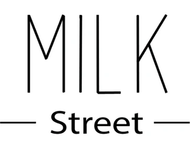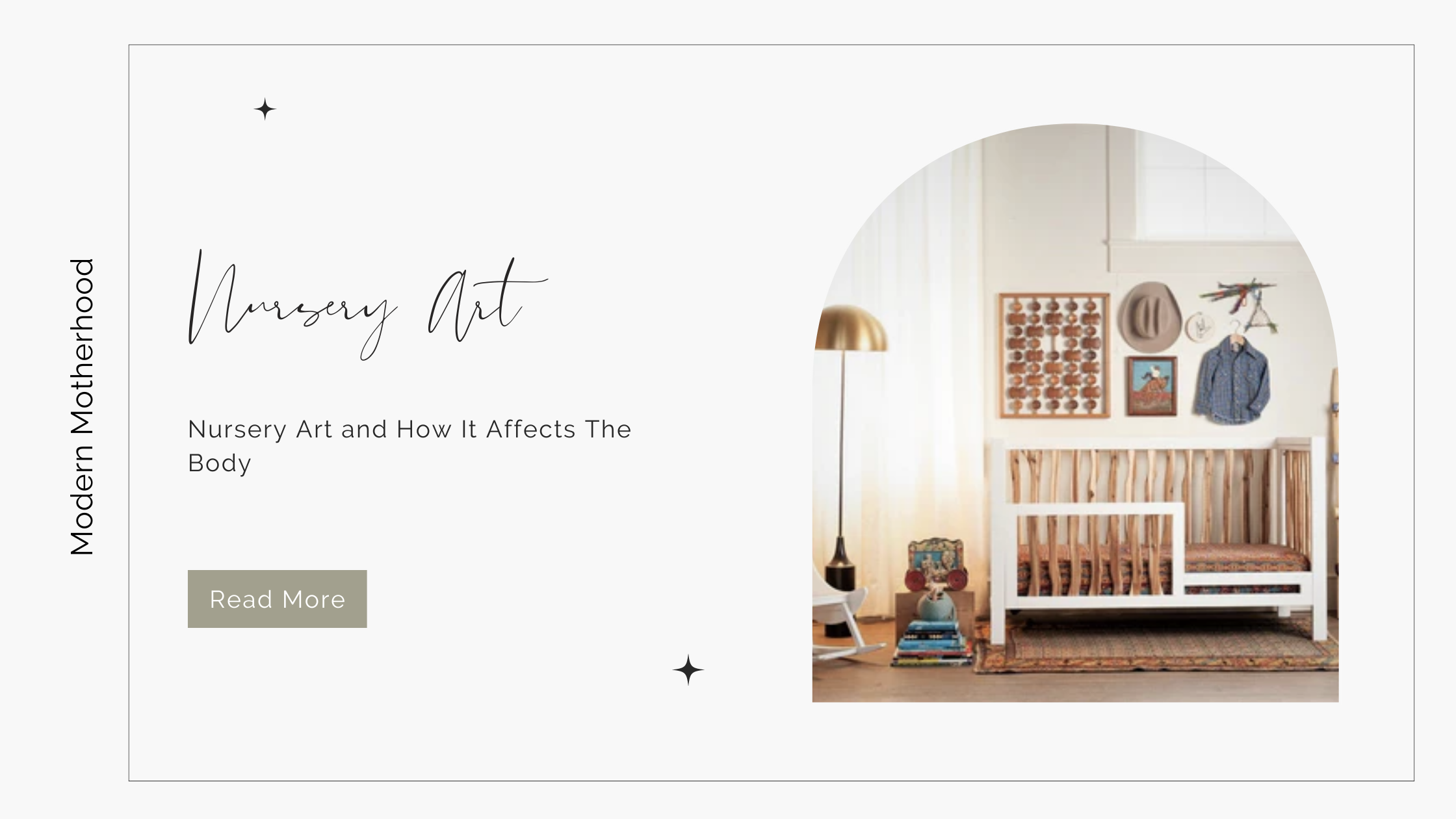
Nursery decor can do a lot more for your baby than you might think.
Children and infants are not unlike our adult selves. We all get anxious in traffic or crowded, noisy restaurants. Whether we are in a high-end spa or it’s nap-time at preschool, soothing sounds, soft lighting and comforting smells help us relax. Science has proven our surroundings affect not just our mood, but also our concentration and our health.
Strong, visual signals to the brain enhance visual development. So, if you want to help to maximize your child’s visual development, be thoughtful in choosing what hangs on the nursery and tot room walls; contrasting colors in various patterns (like these) for nursery decor.
Black and white images or photographs can provide textural variation, as well as contrasting stimulation for an infant’s eye. Later, moving to color photographs can help a baby explore subtle shades beyond stark contrasts. Plus, the subjects of these photographs can spark curiosity and affinity.
Best Colors For Your Baby's Nursery:
Blue has a tendency to lower blood pressure and slow breathing and heart rate. For this reason, blue is considered calming, serene, and relaxing. No wonder it is often recommended for bedrooms! Pale, pastel blues tend to look chilly and cold on the walls of a room that receives little natural light. Warmer blues, such as periwinkle, tend to work better in these settings.
Purple is much the same; while dark purples may be too intense to use on all the walls of a room, pale purples (like lilac) evoke the same feelings of rest and relaxation.
Green: We have a winner! Green is widely considered to be the most restful color on the spectrum. It combines the cheerful “sunniness” of yellow and the calming effect of blue, green is suited for use in almost any room. Green evokes peaceful feelings of relaxation while maintaining a feeling of warmth and coziness. Green has been shown to relieve stress and promote feelings of peace, it’s a great choice for your baby’s nursery.
Don’t worry; we haven’t forgotten about those popular neutrals! Black makes a great accent color but is probably not a good choice for main color schemes. White has become incredibly popular lately among us Modern Mamas, but while it can feel bright and airy, it may not be the perfect choice for a child’s room (think spit-up and sticky fingerprints!) Closer to the middle of the neutral spectrum, shades of tan and gray are great color options for a baby’s nursery. Strive to pick warmer neutrals, again to avoid that chilly, cold feeling you tend to get in rooms that rely on artificial light.

Best Color Choices for Different Ages from the Modern Mama:
Newborn Age
Research from the Smith-Kettlewell Eye Research Institute in San Francisco, amongst others, has shown that in the first few months of life, a newborn baby sees primarily in shades of black, gray and white.
For this reason, a monochrome (different shades of one color), or dark color scheme filled with contrasting patterns and shapes provide a newborn baby with the best form of visual stimulation, without overwhelming them with a "circus" atmosphere.
Shades of one color, for example: (black-gray-white), used in a nursery in different shapes and patterns can send the strongest visual signals to a baby's brain without over stimulating, according to the Dr. Sears Wellness Institute. Stronger signals mean more brain growth and faster visual development!
As a result, creating a monochrome nursery for the first few months of life provides a beneficial environment that is said to boost your child's attention span and curiosity, while also improving memory, and nervous system development.

3-6 Months
By three months of age, experts say most babies are able to see color, with a preference for bright primary colors for brain stimulation.
This is a great time to start implementing toys that contain wide ranges of color.
The toy pictured above is a great option, as well as anything from this website!
Toys allow you to add touches of color to the nursery, without over stimulating your baby’s environment. Here is some more information on how to not overwhelm your little one.
6-8 Months
Around the age of 6-8 months, a baby's color vision is well developed. During this time, you may want to introduce a different color scheme into your child's nursery.
This transition can be gradually achieved by the simple placement of a piece of wall art, or an arrangement of toys and books. One of my favorite colors that I added to my son's nursery was muted green. I found it was a great color to stimulate sensory development in a subtle yet non-intrusive way.
1-2 Years
A child's oral language development begins to emerge between one and two years. It is during this time that a child will also begin to differentiate between colors (around 18 months).
For babies and toddlers of this age, I like to introduce a few more colors to stimulate cognitive development. Add a fun rug, or some brightly colored books.
Here are some of my favorite colors to stimulate cognitive development for this age group:
Red
Red is one of the most stimulating colors at first glance. It is rich and highly emotive, red excites and energizes the body, increasing heart rate, blood pressure, and respiration. Red has always been my son's favorite color!
Pink
Evokes empathy and femininity and creates a calming atmosphere.
Yellow
Bright and cheery, yellow is associated with happiness and motivation. Soft, subtle yellows promote concentration while brighter shades can stimulate memory and increase metabolism. However, too much yellow can evoke feelings of anger and frustration, resulting in fussy, overstimulated babies.
Orange
Friendly, warm and welcoming, orange borrows many of its parents' positive attributes. Orange has a distinctly social nature, inspiring interpersonal communication and putting people at ease.
3 to 4 years
By approximately three to four years of age, a child will begin to recognize, identify and name basic colors.
At this point, I believe & research shows that every color is beneficial in one way or another. Colors are extremely personal. Pick what colors appeal to you and see what excites your little one!
The simple placement of different colored items such as beanbags, toys or bedding in your child's room enables you to help strengthen and reinforce basic color recognition skills.

